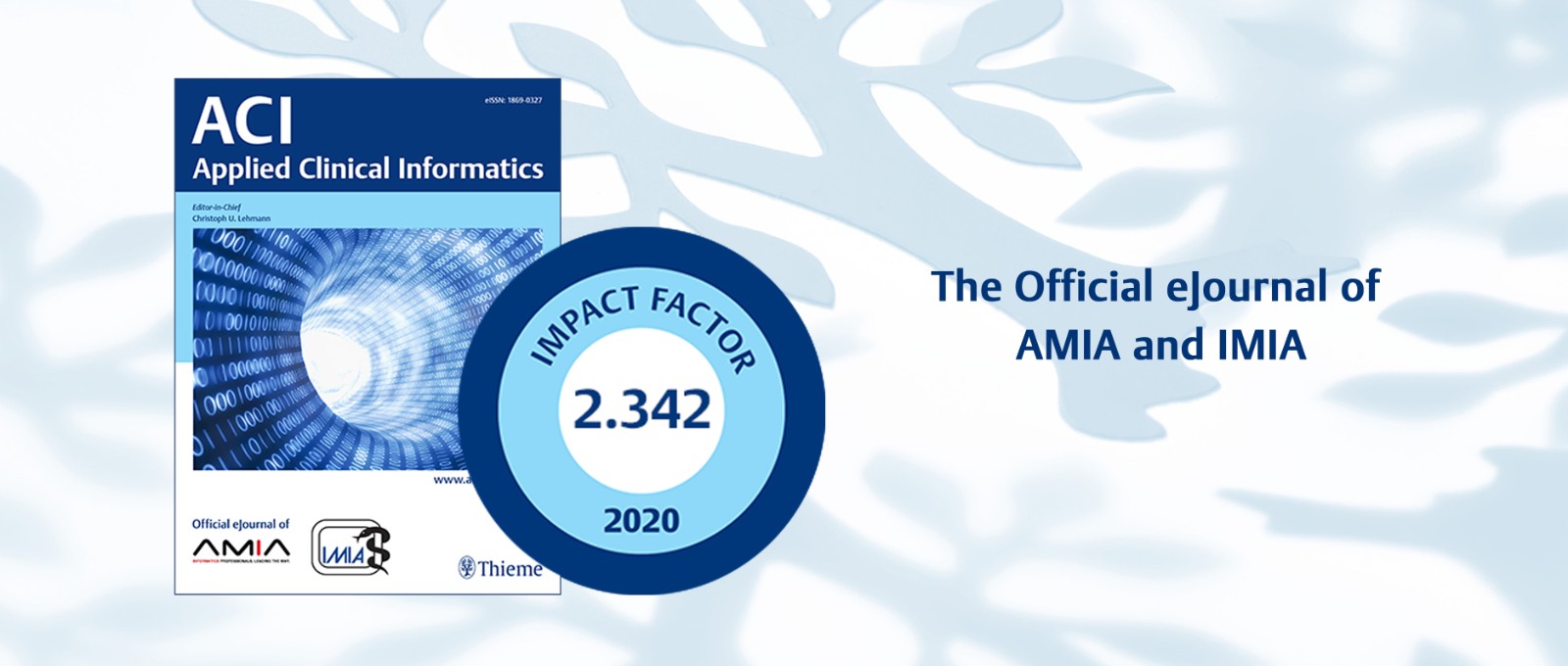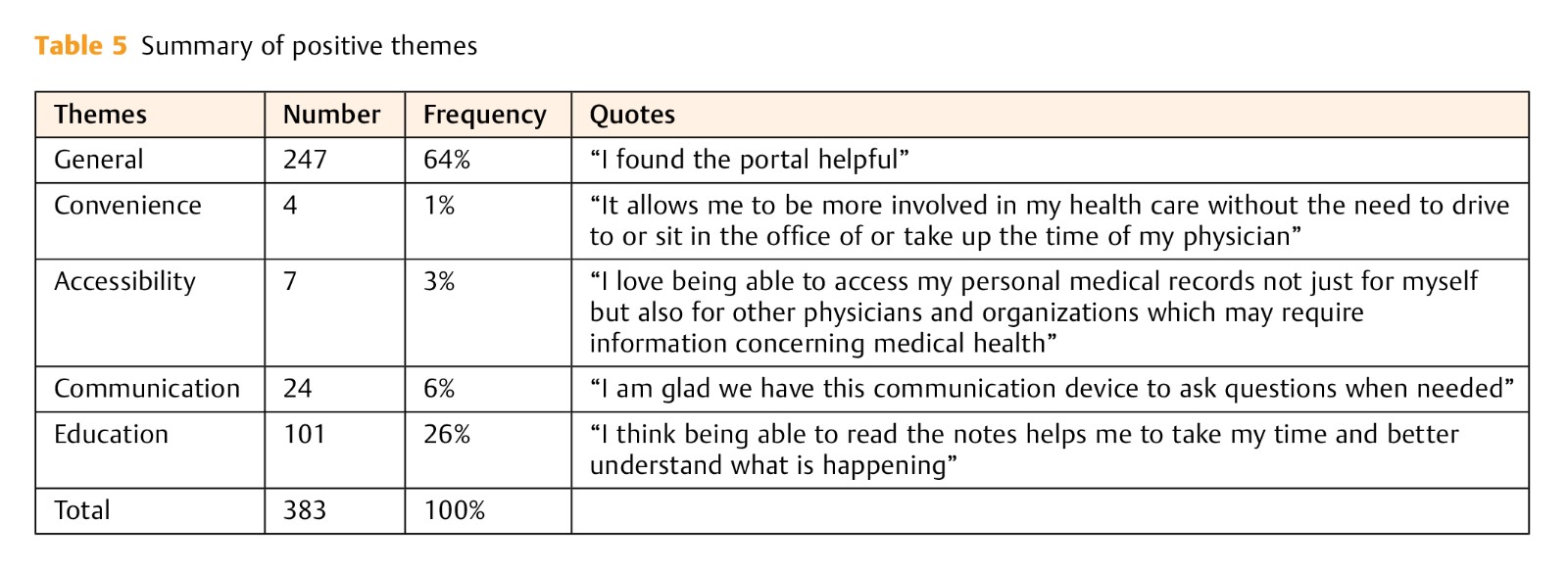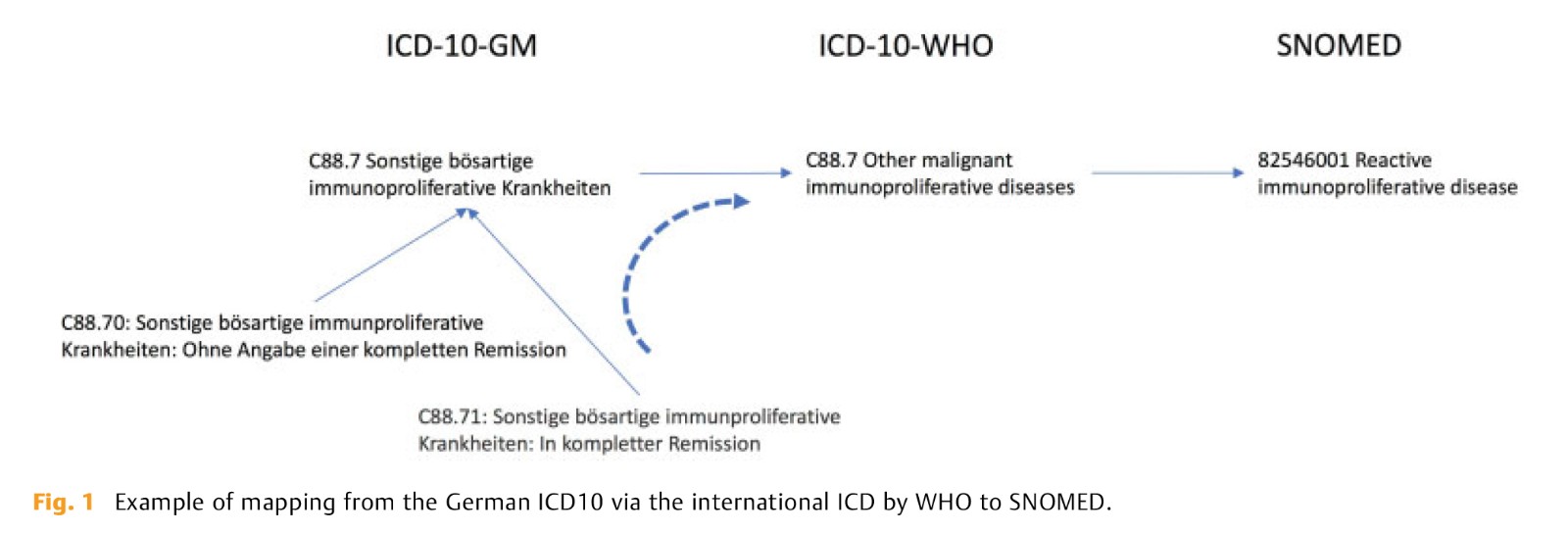

Thieme医学信息学期刊Applied Clinical Informatics的影响因子2020提高到了2.342。非常感谢所有作者、审稿人和编辑的支持和最宝贵的贡献。
以下三篇是被引用次数最多的论文,它们对影响因子的提高有着重要贡献,欢迎免费阅读。
A Systematic Review of the Technology Acceptance Model in Health Informatics
Rahimi et al.

Background One common model utilized to understand clinical staff and patients' technology adoption is the technology acceptance model (TAM).
Objective This article reviews published research on TAM use in health information systems development and implementation with regard to application areas and model extensions after its initial introduction.
Method An electronic literature search supplemented by citation searching was conducted on February 2017 of the Web of Science, PubMed, and Scopus databases, yielding a total of 492 references. Upon eliminating duplicates and applying inclusion and exclusion criteria, 134 articles were retained. These articles were appraised and divided into three categories according to research topic: studies using the original TAM, studies using an extended TAM, and acceptance model comparisons including the TAM.
Results The review identified three main information and communication technology (ICT) application areas for the TAM in health services: telemedicine, electronic health records, and mobile applications. The original TAM was found to have been extended to fit dynamic health service environments by integration of components from theoretical frameworks such as the theory of planned behavior and unified theory of acceptance and use of technology, as well as by adding variables in specific contextual settings. These variables frequently reflected the concepts subjective norm and self-efficacy, but also compatibility, experience, training, anxiety, habit, and facilitators were considered.
Conclusion Telemedicine applications were between 1999 and 2017, the ICT application area most frequently studied using the TAM, implying that acceptance of this technology was a major challenge when exploiting ICT to develop health service organizations during this period. A majority of the reviewed articles reported extensions of the original TAM, suggesting that no optimal TAM version for use in health services has been established. Although the review results indicate a continuous progress, there are still areas that can be expanded and improved to increase the predictive performance of the TAM.
Mishra et al.

Background Access to medical encounter notes (OpenNotes) is believed to empower patients and improve the quality and safety of care. The impact of such access is not well understood beyond select health care systems and notes from primary care providers.
Objectives This article analyzes patients' perceptions about the patient portal experience with access to primary care and specialist's notes and evaluates free-text comments as an improvement opportunity.
Materials and Methods Patients at an academic health care system who accessed the patient portal from February 2016 to May 2016 were provided a link to complete a 15-item online survey. Those who had viewed at least one note were asked about patient characteristics, frequency of note access, note usefulness, note understanding, and if any action was taken after accessing the note. Free-text comments were associated with nine questions which were analyzed using qualitative methods.
Results A total of 23% (1,487/6,439) of patients who viewed the survey in the portal, participated. Seventy-six percent (1,126/1,487) knew that the notes were available on the portal, and of those, 957 had viewed at least one note to continue the survey. Ninety percent of those were older than 30 years of age, and 90% had some college education. The majority (83%) thought OpenNotes helped them take better care of themselves, without increasing worry (94%) or contacting the physician after reading the note (91%). The qualitative analysis of free-text responses demonstrated multiple positive and negative themes, and they were analyzed for potential improvement opportunities.
Conclusion Our survey confirms that patients who choose to access their primary care and specialists' online medical records perceive benefits of OpenNotes. Additionally, the qualitative analysis of comments revealed positive benefits and several potential patient portal improvement opportunities which could inform implementation of OpenNotes at other health systems.
Towards Implementation of OMOP in a German University Hospital Consortium
Maier et al.

Background In 2015, the German Federal Ministry of Education and Research initiated a large data integration and data sharing research initiative to improve the reuse of data from patient care and translational research. The Observational Medical Outcomes Partnership (OMOP) common data model and the Observational Health Data Sciences and Informatics (OHDSI) tools could be used as a core element in this initiative for harmonizing the terminologies used as well as facilitating the federation of research analyses across institutions.
Objective To realize an OMOP/OHDSI-based pilot implementation within a consortium of eight German university hospitals, evaluate the applicability to support data harmonization and sharing among them, and identify potential enhancement requirements.
Methods The vocabularies and terminological mapping required for importing the fact data were prepared, and the process for importing the data from the source files was designed. For eight German university hospitals, a virtual machine preconfigured with the OMOP database and the OHDSI tools as well as the jobs to import the data and conduct the analysis was provided. Last, a federated/distributed query to test the approach was executed.
Results While the mapping of ICD-10 German Modification succeeded with a rate of 98.8% of all terms for diagnoses, the procedures could not be mapped and hence an extension to the OMOP standard terminologies had to be made.
Overall, the data of 3 million inpatients with approximately 26 million conditions, 21 million procedures, and 23 million observations have been imported.
A federated query to identify a cohort of colorectal cancer patients was successfully executed and yielded 16,701 patient cases visualized in a Sunburst plot.
Conclusion OMOP/OHDSI is a viable open source solution for data integration in a German research consortium. Once the terminology problems can be solved, researchers can build on an active community for further development.
